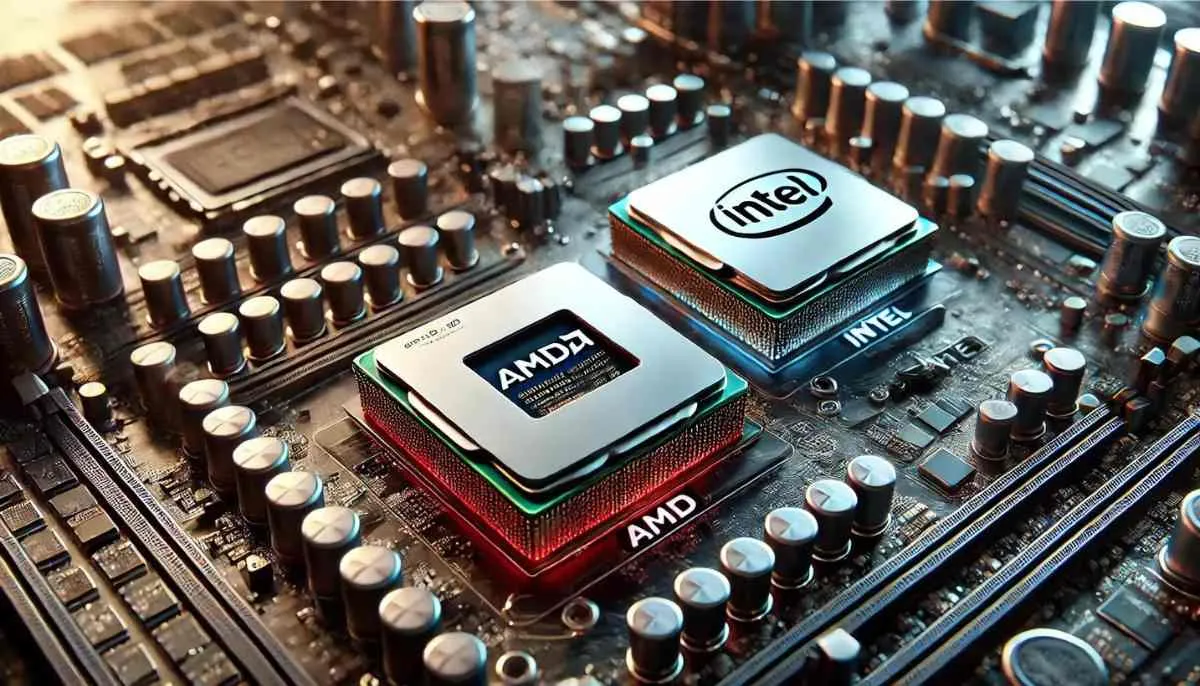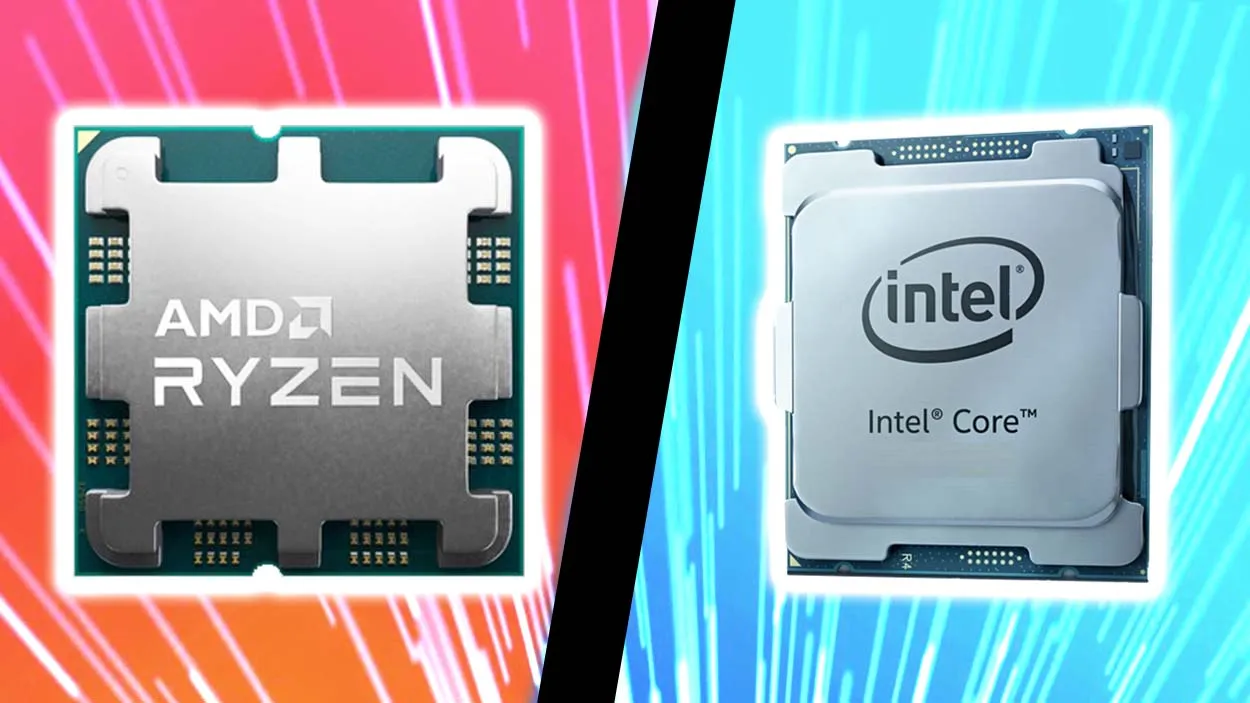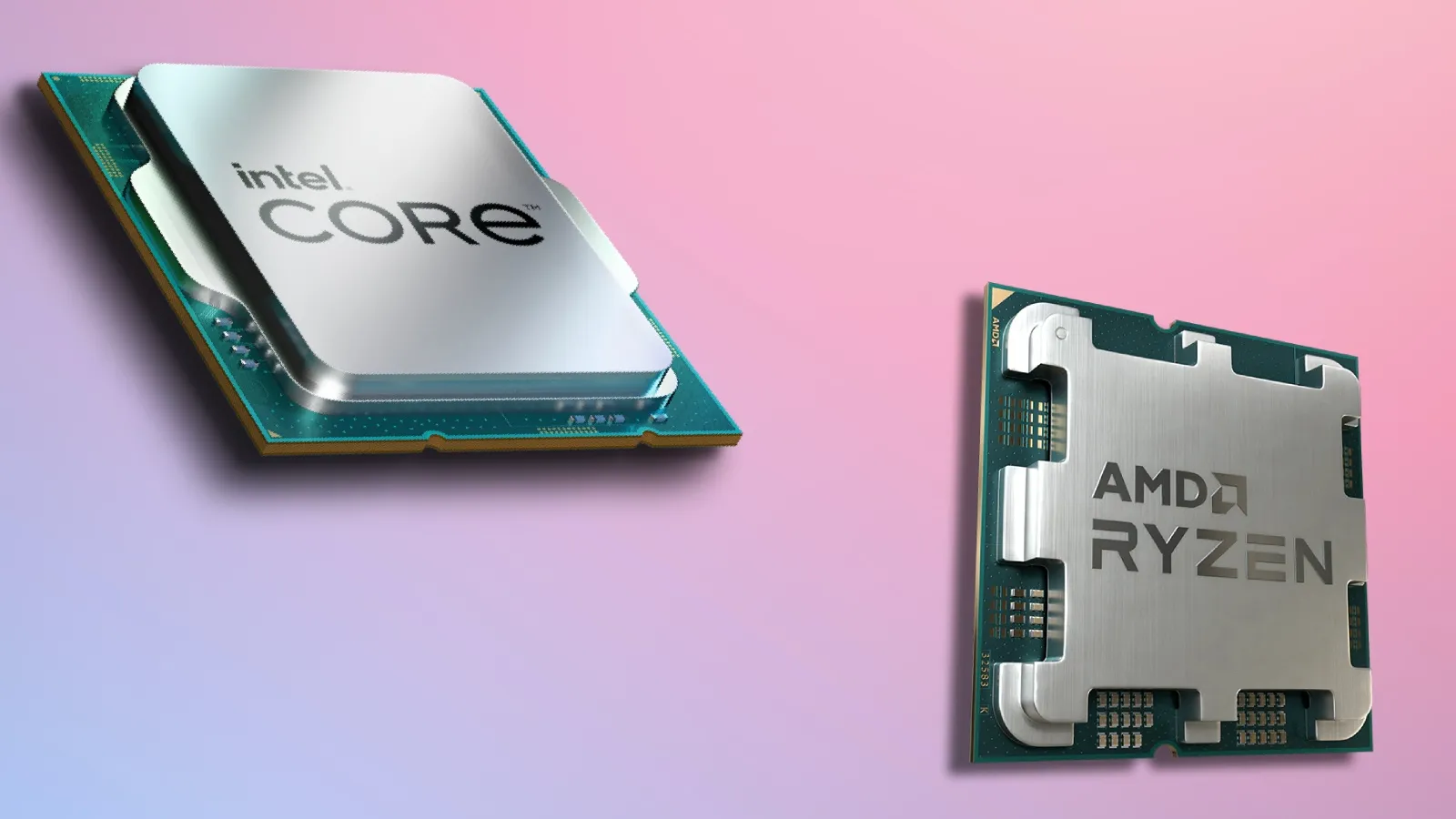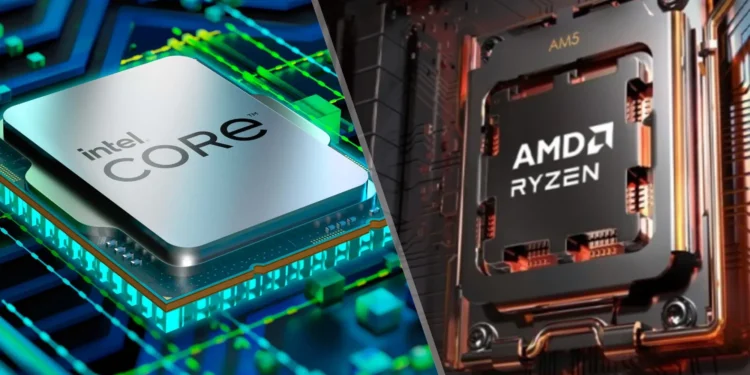Frank Azor, AMD’s Chief Architect of Gaming Solutions, shed light on the situation in a recent interview with Tom’s Hardware. “We knew we built a great part. We didn’t know the competitor [Intel] had built a horrible one,” Azor stated, reflecting on the unexpected boon for AMD as Intel struggled with their Arrow Lake-S launch. The performance issues of Intel’s latest CPUs, contrary to their initial claims, have become a focal point for criticism and consumer disappointment. Following the lackluster debut, Intel attempted to mitigate the issues with new “Field Updates” and a dedicated 0x114 microcode, which, unfortunately, worsened the CPUs’ performance rather than improving it.

This stark difference in performance has resulted in a surge of interest in AMD’s Zen 5 3D V-Cache CPUs, notably the Ryzen 7 9800X3D, which boasts 8 cores, 16 threads, and an impressive 104MB cache. Slated for release on November 7th at a competitive price of $479, this model is expected to further cement AMD’s position as a leader in the CPU market.
AMD’s Confidence in Production and Future Prospects
David McAfee, AMD’s Corporate VP and General Manager, echoed the sentiment of robust demand and optimistic future production rates in his statement to Tom’s Hardware. “We have been ramping our manufacturing capacity… It’s crazy how much we have increased over what we were planning,” McAfee explained. The first half of 2025 is set to see a significant improvement in the supply of the sought-after X3D CPUs, likely quenching the market’s thirst for advanced processing power.

Intel’s Uncertain Road Ahead
As AMD revels in its success, Intel faces a period of introspection and critical decision-making. The company’s attempts to resolve the Arrow Lake-S issues have not yet borne fruit, casting doubts on its ability to reclaim a significant share of the market. This ongoing struggle contrasts sharply with AMD’s narrative of growth and dominance, suggesting that Intel might continue to lag if it does not address its challenges effectively.

In conclusion, AMD’s strategic positioning and successful product launches seem to be defining the current CPU market landscape. With a clear focus on innovation and consumer demand, AMD is not just leading; it’s setting the pace for what’s next in technology. As the industry watches, the question remains: can Intel bounce back, or is this the beginning of a new era dominated by AMD?










